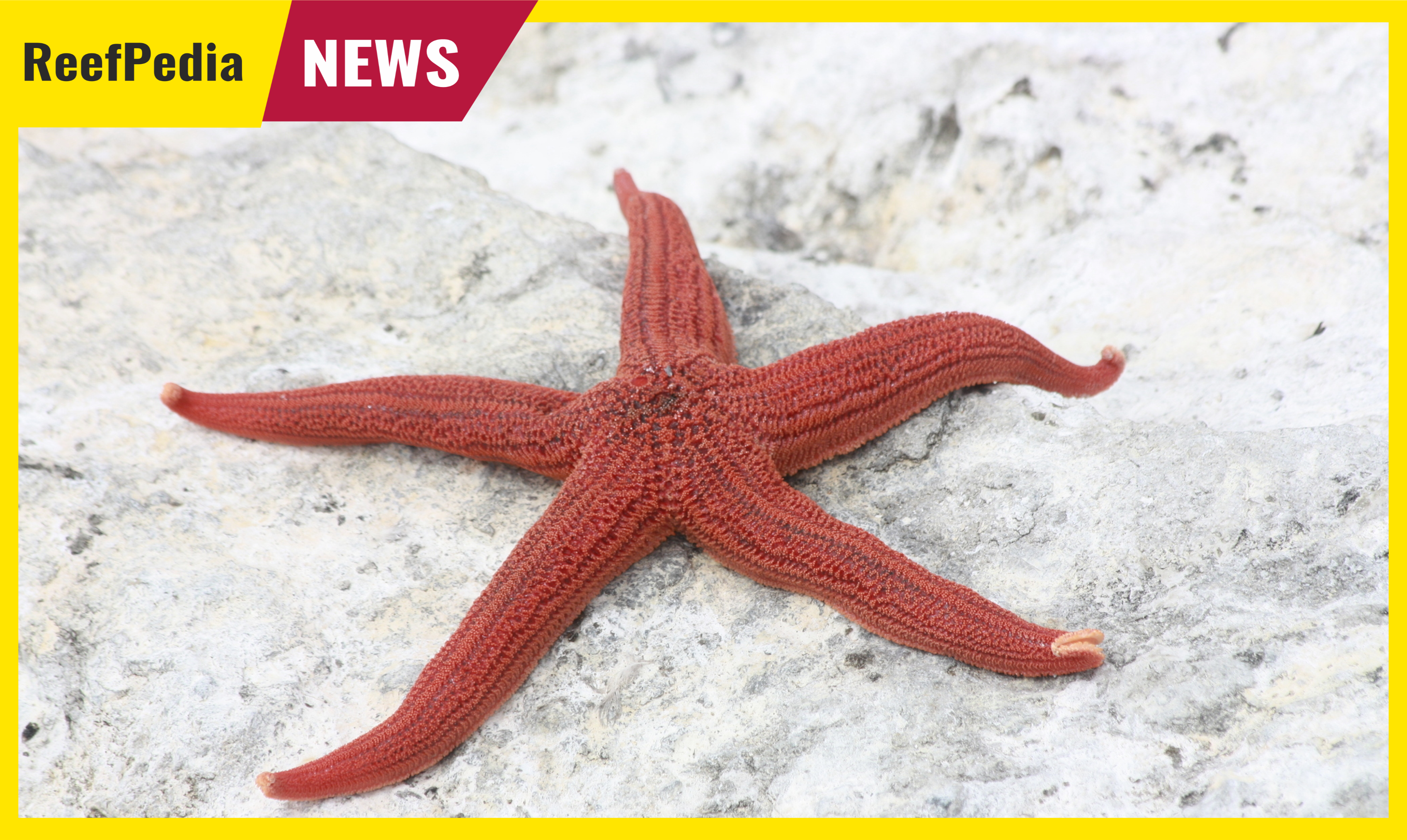Laurent Formery is a scientist working in Christopher Lowe’s lab at Stanford University, specializing in the study of echinoderms such as starfish and sea urchins. His work focuses on understanding how these organisms develop their unique anatomical and genetic features, using modern research methods including RNA tomography and in situ hybridization.
RNA tomography is a technique that allows for detailed imaging of where and how strongly individual genes are expressed in different parts of an organism’s tissue. This method enables precise determination of which genes are active at any given stage of development and in which part of the body.
In situ hybridization is a method that allows for the localization of specific RNA or DNA sequences within tissue preparations. It enables the accurate identification of places where specific genes are active, which helps to understand the role of these genes in various biological processes, including development and functioning of organisms.
Starfish are marine creatures from the echinoderm family, known for their ability to regenerate. Their bodies are characterized by radial symmetry, where the center and arms are arranged around a central disk. These organisms attract the attention of scientists due to their unusual life mechanisms.
Starfish have the ability to regenerate lost arms, and in some cases, even the ability to recreate the entire organism from a fragment of an arm. This process is complex and includes both the reactivation of stem cells and precise control of the growth and differentiation of cells to reconstruct the lost structure.
Unlike most animals, which exhibit bilateral symmetry, starfish have radial symmetry. This means that their bodies are organized around a central point with arms radiating outward, which is an unusual arrangement in the animal world and affects their way of moving and interacting with the environment.
Starfish do not have a centralized brain but possess a complex nervous system organized into a network, which allows them to coordinate movements and respond to environmental stimuli despite the lack of a central control unit, such as a brain.
Some species of starfish have the ability to evert their stomachs out of their bodies to digest food outside the organism, which is a unique way of absorbing nutrients.
Research conducted by Laurent Formery provides new information on the body structure of starfish. His team used techniques such as RNA tomography, which allowed precise determination of where genes are expressed in starfish tissues. This method, combined with in situ hybridization, enabled the visualization of genetic patterns in different parts of the body.
The studies revealed that the central parts of the starfish arms can be compared to the “head” of other animals, while the outer regions correspond to the “tail.” Interestingly, the researchers did not identify genetic features corresponding to the “trunk” known from other groups of animals, suggesting that starfish are organisms with a very specific, reduced body plan.
These findings introduce a new dimension to understanding the evolution of echinoderms and may have far-reaching implications for further research into the development and adaptations of these organisms. Formery and his team continue research that may contribute to a deeper understanding of marine biology and the understanding of fundamental evolutionary processes that shape life on Earth.
About the author

Grzegorz Bubak
My fascination with marine aquariums began over two decades ago when I stumbled upon an article about this topic in a magazine. Since then, the underwater world has become my obsession and passion, shaping my everyday life. I started my adventure with marine aquariums with soft corals, which were my first step into this fascinating world. Over time, captivated by the diversity and beauty of SPS corals, I decided to focus on their cultivation, which continues to fill me with constant wonder.
Thanks to my experience and passion for marine aquariums, I am ready to share my knowledge and expertise with other enthusiasts in this field. I am happy to be part of the Reef Pedia community, which serves as an invaluable source of information for all marine aquarium lovers.

